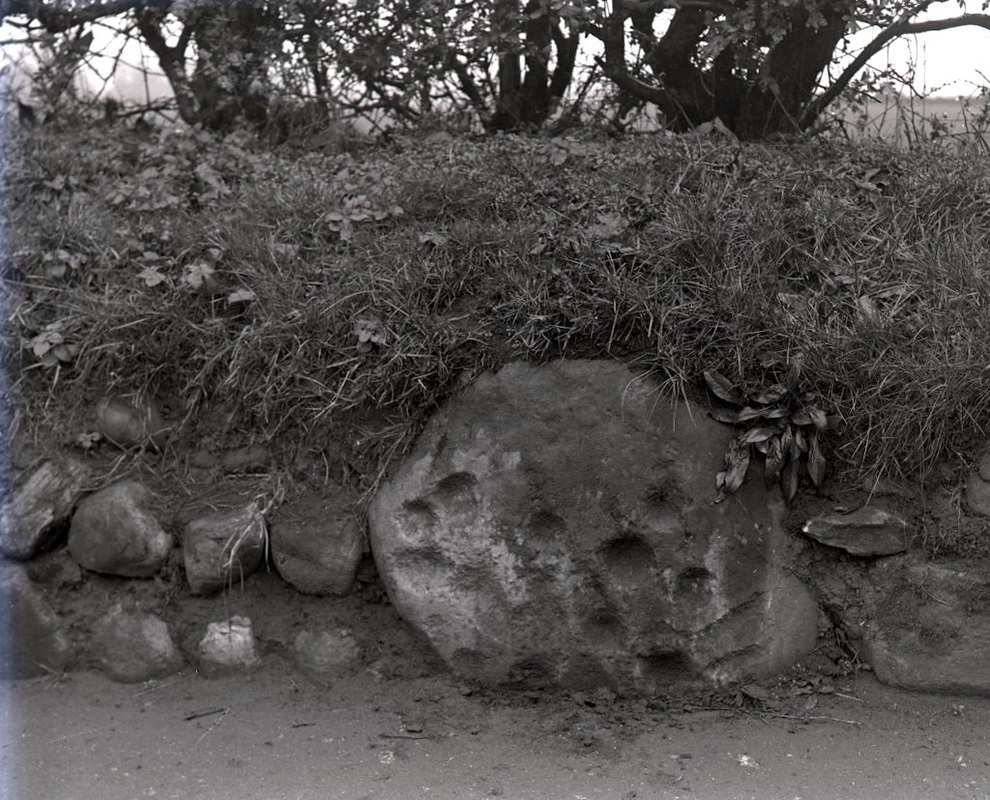Here are ten interesting facts about the villages:
|
Text from ChronicleLive 1st January 2012. Newburn and Walbottle are villages in Tyne and Wear and both suburbs of Newcastle upon Tyne. Newburn is situated on the banks of the River Tyne, and is built rising up the valley from the river. Historically, it was larger than Newcastle upon Tyne as it was the most eastern fordable point of the River Tyne, so had strong Roman links along with Walbottle. The name Walbottle dates back to 1176 as as "Walbotl", which is derived from the Old English botl (building) on the Roman Wall. Both villages transformed with the Industrial Revolution, when large collieries and a steelworks opened. But these industries declined and Newburn is now home to a country park and various leisure facilities.
Here are ten interesting facts about the villages:
2 Comments
From History of the Parish of Ryton by William Bourn of Whickham (1896). Turning to the right, a short walk through the Dene brings you to Ryton Ferry, which is one of the fairest spots around the old village. The place is remarkable for its stillness, which is only broken by the shriek of the whistle of a passing train, or the chiming of the hour by the church clock. The scenery is exceptionally picturesque.
On the south side of the river are the banks of Ryton, richly wooded, and teeming with bird life ; on the north side is the old-fashioned house of the boatman, protected from the north winds by a belt of trees running east and west along thebank of the stream. Rising gracefully from the low lying ground, the southern hills, with their hamlets and woods, and pretty cottages, form a splendid background. Half a mile westward the river makes a graceful bend to the north, and eastward in the same direction till it reaches Newburn. Altogether the Ryton Ferry is one of the most delightful pieces of scenery on the Tyne. Accidental death of William Weddell of Gallowgate, Newcastle, labourer following accident at Heddon Banks on the Wylam Waggonway in 1862. Death in 1878 of a boy, Henry Harding at Heddon on the Wall after drinking whiskey with two friends. Three workmen severely injured in gun-powder accident at New Quarry, Heddon on the Wall in 1879: Henry Garnett (Walbottle), Hutton Robson (Heddon), and a man named Andrew living at Blue Bell. John Waddell (1828-1888), described as the operator of the New Quarry at Heddon, was a Scottish-born railway contractor based in Edinburgh. He ran the enterprising and respected firm John Waddell and Sons and went on to complete many routes during the rise of the railways across England during the late 19th century, especially for the NER. Notable examples of his work include the rebuilding of Putney Bridge in London (1882), the Scarborough and Whitby Railway, completion of the Whitby Redcar and Middlesbrough Union Railway and the Mersey Railway Tunnel. Two reported fatal accidents at Heddon Colliery: Robert Simpson (25) conveying clay from colliery to brickworks by pony in 1885, and J Jameson (stoneshifter) in 1893. Robert Lowery, Deputy Overman at Heddon Colliery, killed by stonefall in 1911.
Prehistoric rock art is usually associated with north Northumberland but some fine examples have been found much closer to home. The Ryton Stone, now in the collection of the Great North Museum - Hancock (formerly Museum of Antiquities), Newcastle upon Tyne (Accession No: 1934.33) was recorded by the Northumberland & Durham Rock Art Project. Their illustration shows that another photo in the Gateshead Libraries collection (Ref. 09_05) is a reversed print of the the one shown above. The description on England's Rock Art website - ERA-2040: This carving comes from Woodside, Ryton and was found in the stone facing of a clay wall by W A Cocks in 1939. The motifs consists of ten cups, plus a possible small eleventh, a cup with conical groove and a cup with three short linear ducts, a curvilinear groove track one side of the latter motif giving the impression of a ring. Tooling marks are still clearly visible, suggesting the motifs haven’t been exposed to weathering. |
AuthorAndy Curtis Archives
July 2024
Categories
All
|











 RSS Feed
RSS Feed
